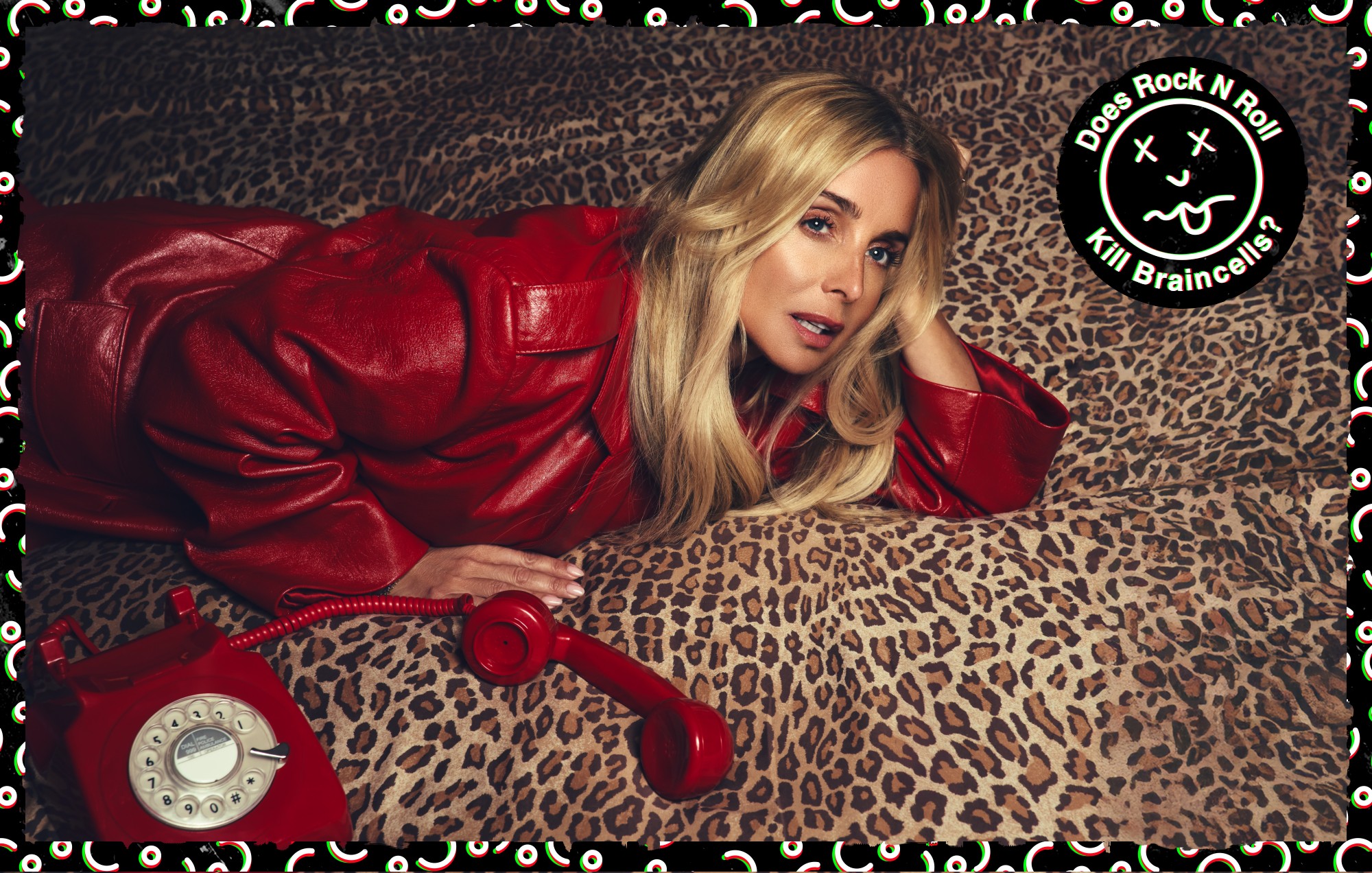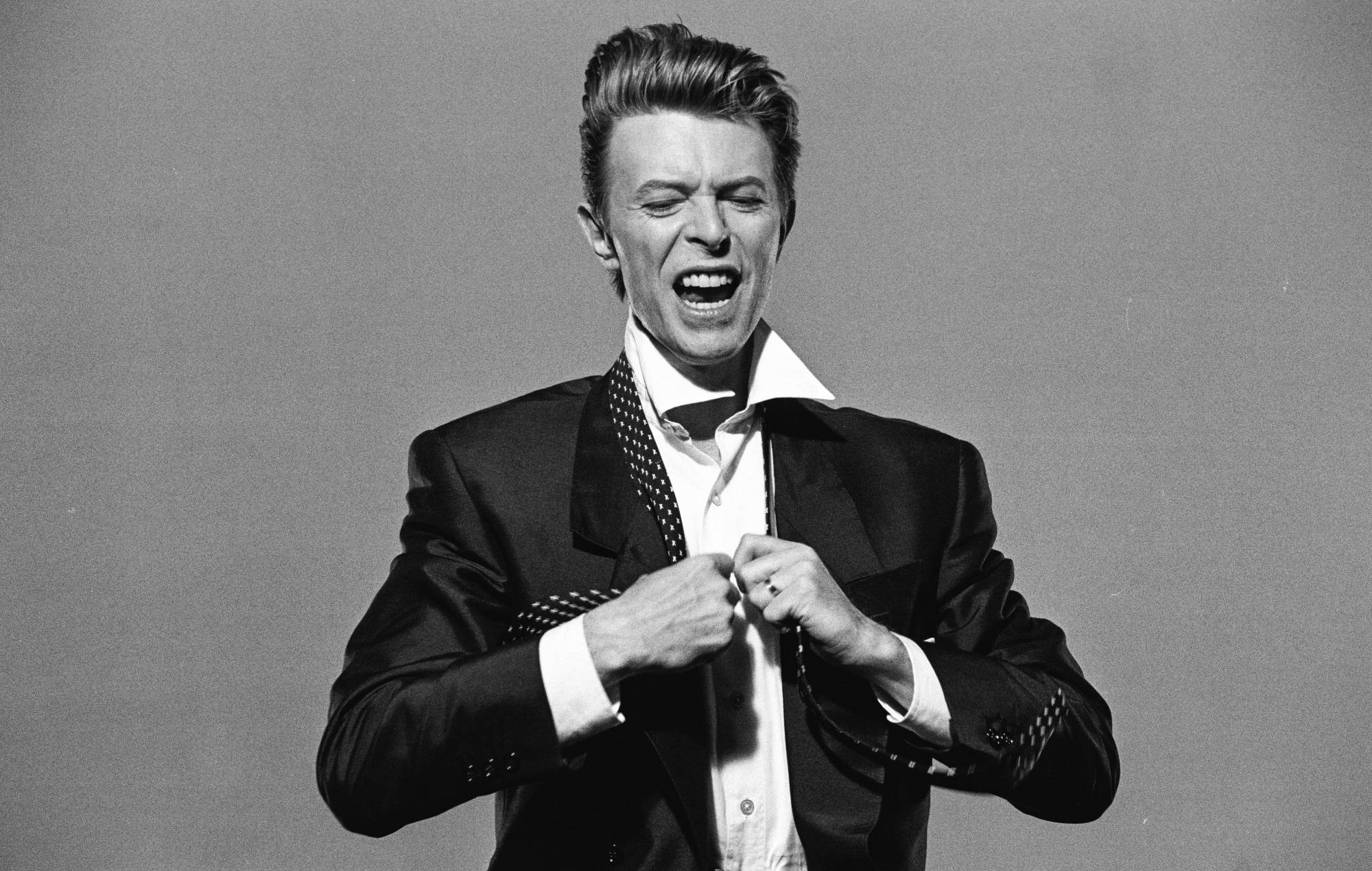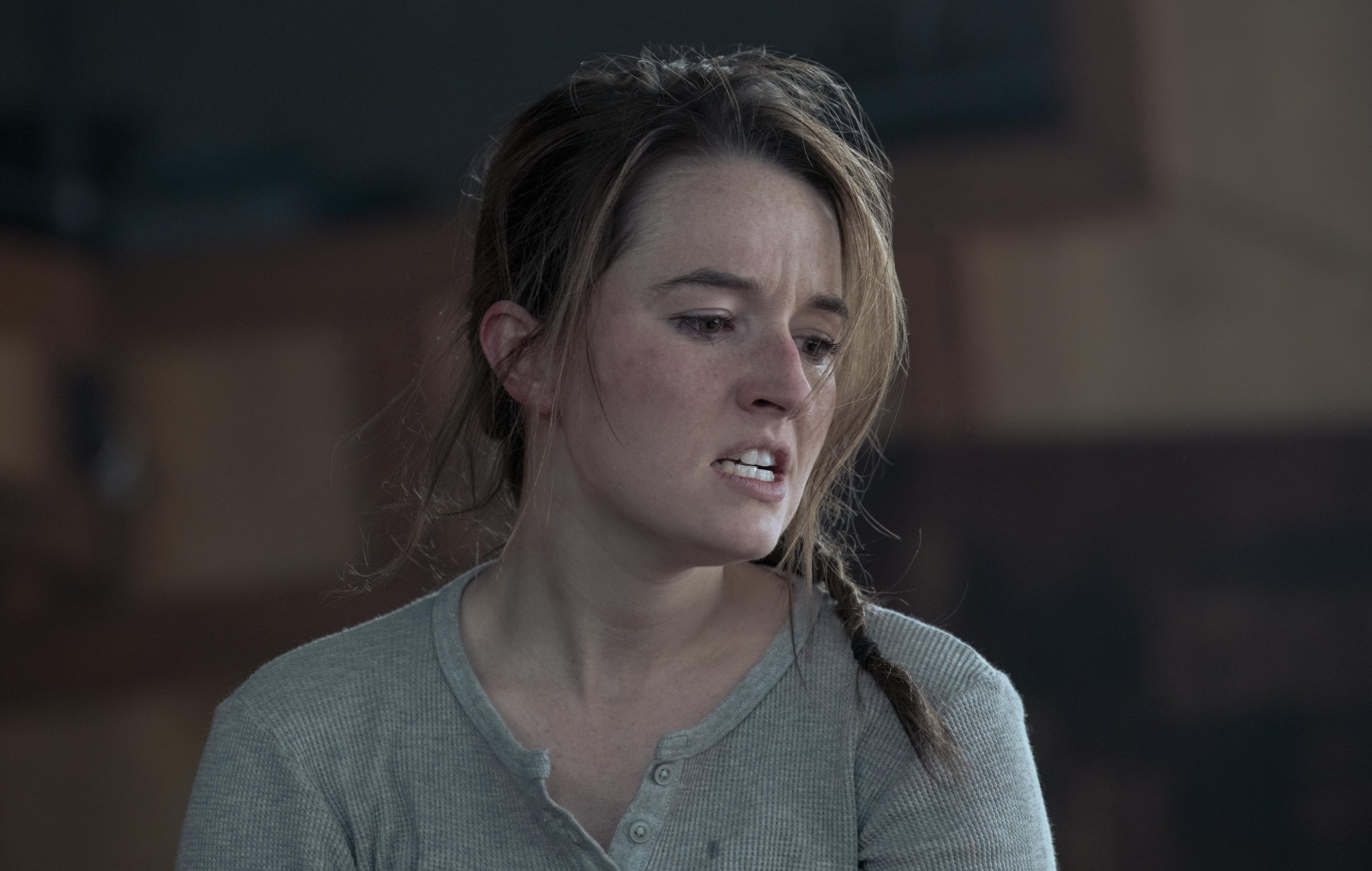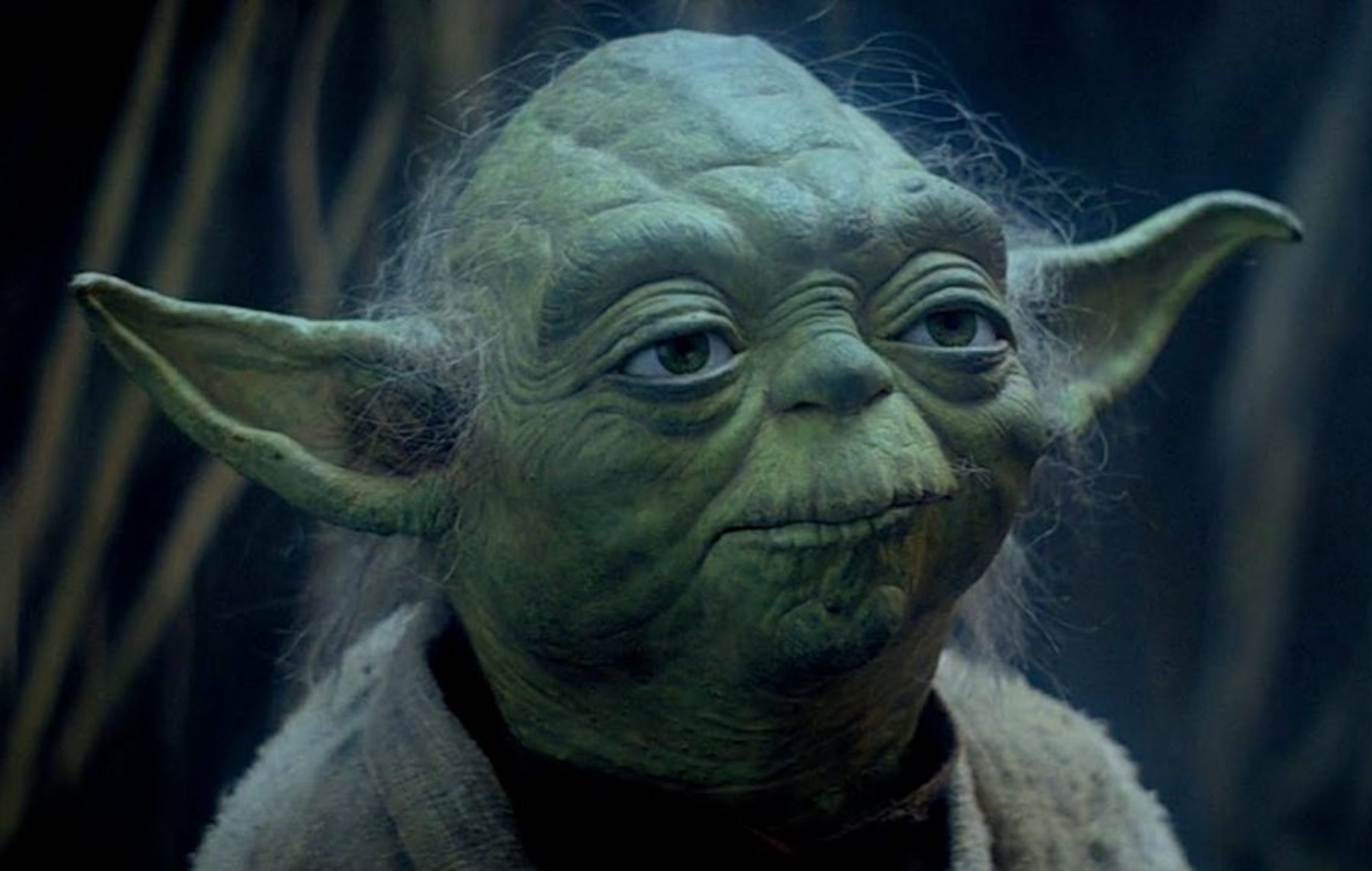Anvaya ‘s new Sands Between Us EP marks a milestone not only for the duo but also for the Indo Warehouse collective as a whole. As the first-ever artist-led EP from the label, the record anchors its signature South Asian sonic identity in deep textures, hypnotic grooves, and a feeling of spiritual momentum that never forces itself too hard.
Built with a soft hand and an intentional core, the project is a reminder that the strongest ideas don’t always show up on schedule—and that good music rarely arrives in a straight line.
In this interview, the duo talk about how they stay creatively open, how they know when an idea is worth chasing, and what happens when they surrender control to the moment instead of forcing an outcome.
What helps you recognize a good idea when it shows up unexpectedly?
Does the idea get stuck in my head? Does it make me want to move? Is it easily repeatable or memorable? These are all things we think about. A good idea has a kind of magnetism to it—it pulls you in and keeps you drawn to the idea or melody. It becomes addictive, and you find yourself seeing a multitude of ways to bring this idea to fruition.
Sometimes in the process of production, an idea will get somewhat buried by other layers… But when you mute distracting elements and return to the original idea you realize that it’s stronger without many of the other layers. Those moments help you realize what is the core idea of the song and what to focus on enhancing.
How do you stay creatively open even when you’re not actively working on music?
We track and log ideas wherever and whenever they happen with voice memos. If we hear something inspiring, we record it. We sample foley sounds from all over the world as we travel. Staying creatively open means keeping our ears and minds active, even when we’re not in the studio.
Inspiration can come from just about any source—a phrase from a conversation, the whirr of the city, the whistle of a bird, a captivating book, or dialogue from a film. All of these things have made their way into our art in one form or another.
Has letting go of control ever led to a better outcome than your original plan?
Definitely. Happy accidents in the studio can open up a track in a totally different direction. This requires being open to a different idea than you intended, which can be challenging. As a duo who writes all of our music together, practicing being unemotional and open to the other’s ideas is important for true collaboration.
If each of us feels strongly that a song needs to move in a specific direction, it’s inevitable that we’ll disagree on some fundamental element. But by remaining open to each other’s ideas, we often explore multiple arrangements, melodies, and sound choices. Letting go of control has often led us to creative breakthroughs we never would’ve arrived at alone.
What habits or routines help you stay sharp enough to catch new ideas as they surface?
After practicing an instrument, we usually leave room for experimentation. This can lead to beautiful chord progressions or melodies that feel fresh. Given how fleeting a great idea can be, we use voice memos to capture anything we think might have potential.
We also make a habit of actively listening to music together—breaking down arrangements, melodies, and grooves to keep our ears sharp. Taking walks or stepping away from the studio helps too. Sometimes the best ideas surface when we’re not trying too hard.
How do you balance making structured progress with staying responsive to surprise?
Having structure is the foundation upon which creative surprise occurs. We are clear about setting goals and intentions when we are working on music. That way, when the unexpected occurs, it happens within a framework that gives it direction and context.
Structure doesn’t limit creativity—it supports it by giving us a roadmap, while still allowing detours. Ultimately, it’s about trusting both the process and the moments that interrupt it.
When something unplanned shifts your direction, how do you decide whether to follow it?
It’s usually a gut instinct and really just boils down to: “Does it sound and feel good?” If something catches our ear or evokes an emotional response, we take it as a sign to explore it further. Sometimes, with a bit of distance, we realize it’s not the right fit and return to the original direction.
Other times, the unplanned shift becomes the foundation of the track. We try not to overthink it in the moment and instead allow curiosity to lead. That openness often leads to creative breakthroughs we didn’t see coming.
In your experience, can creative awareness be developed—or is it something you just have to catch in the moment?
Creative awareness is the balance of dedicated practice, mindfulness, and spontaneity. There are definitely elements that can be developed—like training your ear, building technical skills, and learning to recognize moments that feel inspired.
The more time we spend practicing and engaging deeply with music, the more naturally we start to notice when something special is happening. Being present in the moment helps us stay open and responsive.
The post Anvaya Talk Letting Tracks Lead—and When to Get Out of the Way appeared first on Magnetic Magazine.



